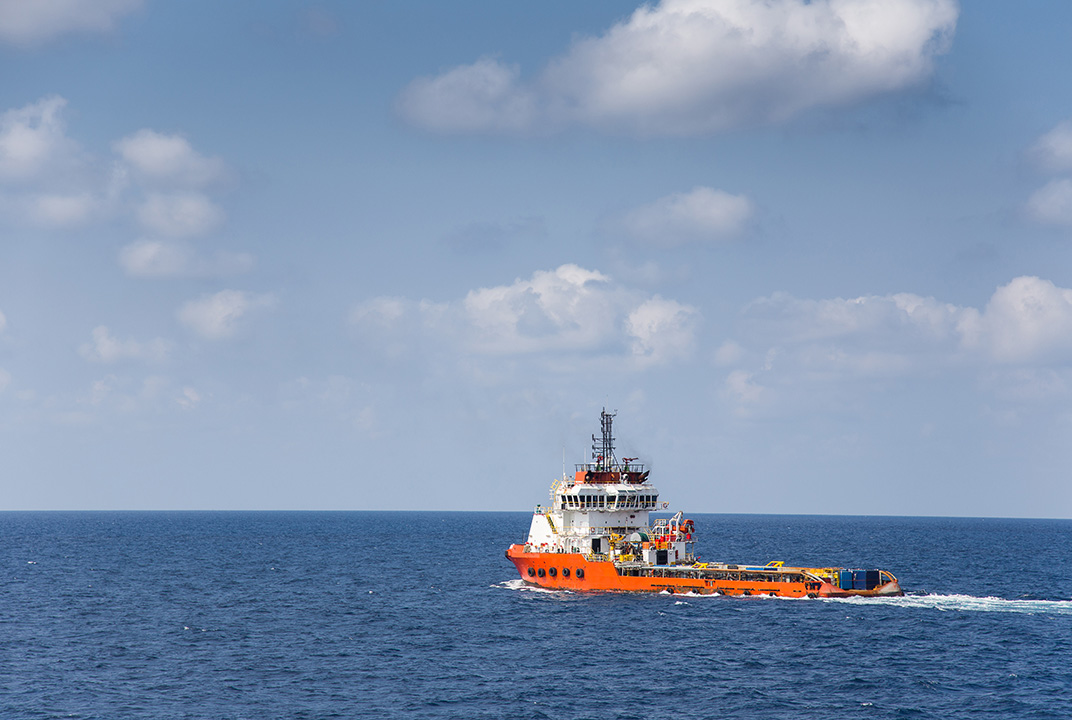Insight | Meeting the flexible connectivity demands of the OSV market
Meeting the flexible connectivity demands of the OSV market
Maritime
The signs of recovery reported in the offshore sector through Q1 2018 have been stimulated by recovering oil prices; not wishful thinking but optimism is certainly qualified in a market that has been taking a beating since 2014.
In August 2017, Clarkson reported that 2,642 of the 9,704 offshore vessels on its database were laid-up, putting a subsequent recovery in market sentiment based on the staunched flow of vessels into lay-up and modest numbers returning to service into perspective.
Understandably, caution characterises the offshore market’s willingness to commit to new connectivity, even though Euroconsult recently noted that offshore vessels consume data at eight times the rate of their merchant counterparts.
There is some irony here, given that 2014-2017 saw parts of the merchant shipping industry cross the Rubicon when it comes to connectivity, especially through the arrival of Ka-band services via Fleet Xpress in 2016.
Fleet Xpress has enabled the use of analytics-based vessel performance software in real time and the app-triggered bandwidth that makes remote equipment maintenance, video surveillance and telemedicine and more shipping realities. A 2017 survey of Nautilus members also suggested that two-thirds would consider moving to a shipping company based on its better onboard connectivity.
Discussions with our offshore customers indicate that the opportunities bringing vessels out of lay-up have so far been short-term in nature and that they demand flexibility from owners and include an element of risk. The last thing owners want from their connectivity provider now is the inflexibility of long-term contracts that carry the risk of paying the full tariff when vessels are idle.
In response, we have developed a new set of plans specifically for the offshore sector to ensure that high-speed Ka-band connectivity and continuous L-band back up available through Fleet Xpress for OSV is available on terms that match market needs. In recognition of possible data usage swings, the new plans include 18 service levels.
In addition to its 36-month standard contract terms for the sector, longer contracts include provision for service upgrades and downgrades without penalty and suspension for up to 180 days. OSV operators can use Fleet Xpress for a project’s duration then switch to a ‘standby’ link, avoiding early termination costs. Furthermore, where antennas are purchased, new 12-month and even three-month contracts are available.
Another inhibitor of VSAT uptake in the offshore space is being removed before the end of the first half of 2018, as our certified manufacturers Cobham and Intellian bring new dual antenna solutions to the market making the outages caused by line-of-sight obstacles a thing of the past. Managed by a single antenna control unit for seamless switching between terminals, these enhanced 1m antennas will also power improved committed information rates by end H1 2018, rising from the current 6Mbps downlink/ 3Mbps uplink to 10Mbps/5Mbps.
Owners have been very receptive to the new arrangements, but for us, these new flexible terms are closely aligned with a comparable move in the OSV sector away from day rate economics and towards performance-based business models. Increasingly, oil companies are offering premium rates to finish within schedule and rewarding efficient operators.
In Fleet Xpress, operators can access the IoT and big data analytics tools that allow them to meet these requirements. Meanwhile, Inmarsat’s newly flexible contract terms for offshore allow them to manage connectivity in a way that matches their changing business opportunities.
About the author
Eric Griffin is Vice President Sales, Offshore Energy & Fisheries for Inmarsat’s Maritime business.
Eric started his carreer at Inmarsat in 2012 where he progressed from Director of Solutions Engineering, to an Account Manager before he was promoted to Director of Business Development for the Aid/NGO, alternative energy, oil and gas, media, mining, and utilities sectors. Eric has over 15 years of telecommunications experience with nine of those years involved in satellite communications. Eric received a B.S. in Engineering Technology from Texas A&M University in 1999 and an MBA from University of Houston, Victoria in 2005.


